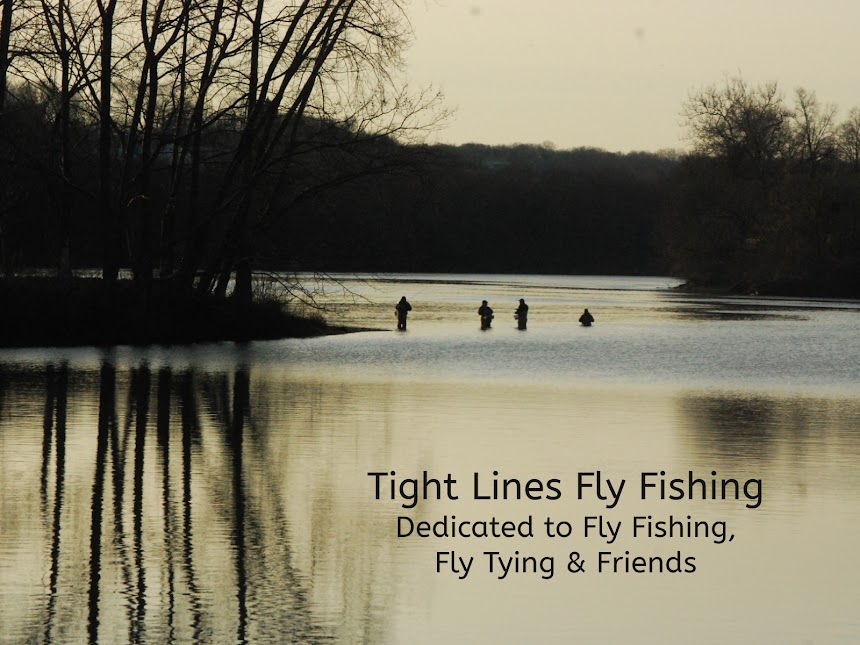Paul's Golden Stone Fly
Hook: Curved nymph hook of choice. I use a TMC 200R. Size #4 to #12.
Tying thread: Wood duck, yellow, or brown thread.
Lead wire: Approximately 10-12 wraps of .025 lead wire (For size #6 hook). Crimped and flattened with pliers to give the nymph body a wide appearance.
Bead: Gold Tungston bead to match hook size.
Antennae & Tail: Brown rubber legs. Super floss can also be used.
Rib: Medium Black Ultrawire.
Body: Spiky Golden Stone Squirrel Dubbing. Harline SLF Dave Whitlock dubbing in Golden Stone is also recommended.
Shell back & Wingcase: Oak Golden Stone ‘Thin Skin’, covered with a coat of Solarez UV Resin
Legs: Pheasant rump feather hackle. Brown hen hackle can also be used.
Head: Same as Body.
Head: Same as Body.
I hate tying Golden Stones, but I have no choice. You cannot do without this fly in your box! It’s an extremely large fly which requires more materials & more tying steps than most other nymphs. The pattern is just a killer on the Housatonic & Farmington Rivers. At times trout hit this fly viciously. There are countless “Golden Stone Nymph” patterns out there and they all work. Over the years I’ve tried to simplify the tying of my ‘golden stone’ and incorporate features that have proven to trigger hits and make the fly as durable as possible. Whether you decided to tie this pattern or another version of a “golden stone” nymph, make sure you heavily weight it to get down deep. That’s one of the most important techniques in fishing this fly. You’re going to lose a lot of them, but it’s more than worth the price. I use Brown Rubber legs for the antennae & tail. I recently discovered how productive “Montana type rubber leg” nymphs are on the Hous & Farmy. It led me to start substituting rubber legs for what traditionally would be goose biots on the nymph. I also stopped tying in wing pads from hen feathers and found no drop in my catch rate. Finally, I incorporated the use of Thin Skin for my shell back and wing cases. I also treat it with a UV resin. This increased the durability of the fly and gives it an appearance which mimics the insect better than traditional natural materials.
To tie this fly begin by placing the bead on the hook. Before sliding it forward to the eye tie in two pieces of rubber legs behind the eye for antennae. They should extend at least 1 ½ the length of the hook shank. You don’t want to cut them too short. You want them to provide movement in the water. Half hitch your thread, cut the tag end, and put a drop of head cement on the wraps. Then slide the bead forward to the eye. Be careful not to wrap the antennae with too much thread.
Next, with your lead wire, make approximately 15 wraps around the hook shank. Slide it up behind the bead. Affix your thread to the hook shank and anchor your lead in place. Next take your needle nose pliers and flatten your lead to give the nymph a flat/wide profile. Cover the lead with thread wraps and bring it to the bend of the hook. Create a small dubbing ball and tie in two more rubber legs for your tail. Tie in your black wire rib. Next, tie in a piece of ‘thin skin’ and let it trail behind the hook bend. The shell back/wing case must be long enough to extend the length of the fly. It should be 2/3rds the hook gap wide.
Now, dub your abdomen/body. It should extend from the tail to the midpoint of the nymph. With your thread at the middle of the nymph, fold your shell back forward. Tie it down but do not cut it. Wrap your black wire rib forward to create a segmented effect on the body. Tie and clip it off at the mid section of the nymph.
The remaining half of the nymph will be divided into 4 tying segments. Dub the first quarter of the thorax. It should be dubbed heavier than the abdomen. Affix your ‘legs’ on each side of the fly. You can do this by ‘notching’ your feather and tying both sides in at once, or one side at a time with feather fibers. Repeat this process two more times, leaving the final ¼ of the thorax for the head of the fly.
Again bring your ‘thin skin’ wing case forward and tie it down before you dub your head. Dub your nymph head and bring your wing case forward again. Tie and cut it off behind the bead. Use a little more dubbing to mask your thread wraps and whip fishing your fly. Apply a thin coat of UV resin to the shell back/wing case and cure it with the curing light. Finally, brush out your dubbing to make the nymph as buggy as possible.
If you have any questions about this fly or would like to submit a Fly of the Month I can be reached at 203 305-3850 or at pdinice@frontier.com .


No comments:
Post a Comment